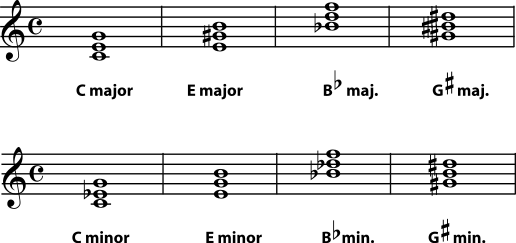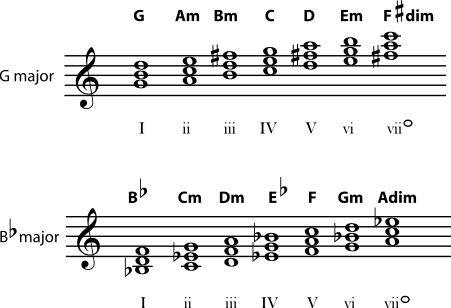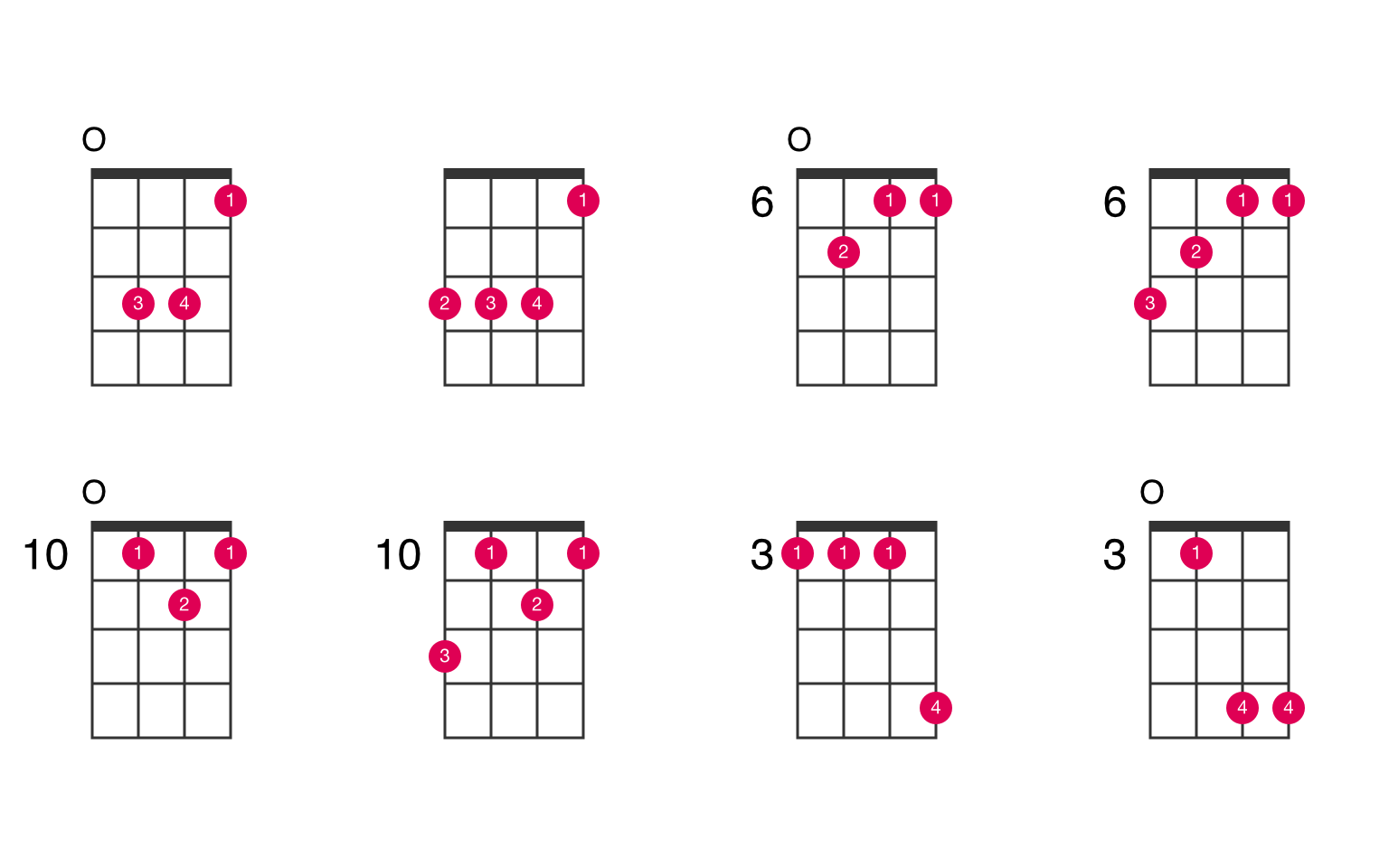

It’s a 2nd inversion when the 5th is the lowest note. That would be a 2nd inversion Amaj chord because the lowest note is an E, which is the 5th. The last one is from example 3, and its an Amaj “chop chord”. So that would be an Amaj chord in 1st inversion. When the 3rd is the lowest note, we have a 1st inversion. The lowest note is a C#, which is the 3rd of the Amaj scale. We ended up with an Amaj chord in root position (the root is the lowest note). These are 3 of the Amaj chords we built in the previous section. Take a look at the chords in Image 16 below. If the lowest note is the 5th, then that shape is said to be a “2nd inversion” chord. When the lowest note in the chord is the 3rd of the triad, its a “1st inversion”.

Therefore, if the lowest note is the root note, the chord is said to be in “root position”. Chord inversionsĬhord inversions on the mandolin are defined by which note is the bass note, or lowest note in the triad. Other than that, it’s best to let your ear decide. When choosing whether to double one note over another, ease of fingering can often be the deciding factor. The doubled pitch can be the exact octave, or they can be octaves apart. You can double up any note (or notes) in the triad when building a chord. You can even create a chord voicing by spreading the notes out over different instruments.Ī different voicing is simply a different way of putting the same chord together. You could change the order of the notes in the chord, or leave one of the triad notes out completely (yes, you can). Since you’ve changed the way its put together, you’ve used another voicing of that chord. In addition, you might make one of the triad notes an octave higher (or lower), or change which note is doubled in the chord. Maybe you play a Dmaj chord with open strings, and then play a Dmaj chord somewhere else on the fingerboard. Voicing refers to the way a chord is presented, or the manner in which the notes are distributed. Make your voice heard!Īll those different ways of putting the chord together are called voicings. As a result, you’ll find preferences and favorites. Also, you’ll find some that might sound better to you than others.

Consequently, you’ll find some shapes that are easier to fret than others. However, there are a lot of ways to put those notes together on your mandolin. Change it up!Īs you can see, it’s not that hard to figure out which notes you need to build a major chord. Image 15 – Amaj triad root at the seventh fret of the “D” string.Īnd remember, any shape that doesn’t have open strings is a moveable chord!Īnd, some shapes with an open string can be made moveable by muting that open string.


 0 kommentar(er)
0 kommentar(er)
